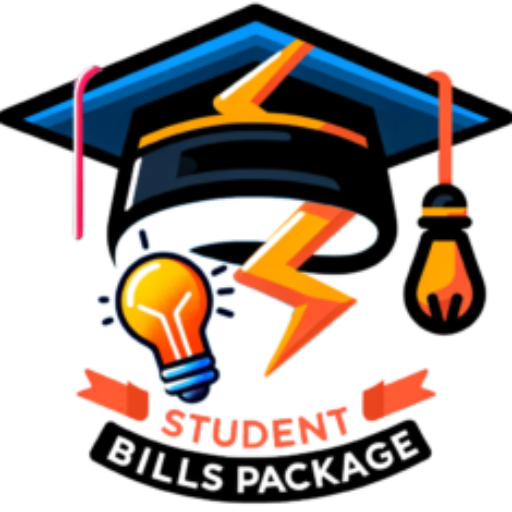Student Bills: Navigating the Maze of GI Bill and Student Loan Forgiveness
Navigating the complexities of student bills can often feel like a daunting task for university-age students. With the various options and programs available, it can be overwhelming to understand the ins and outs of GI Bill and student loan forgiveness. However, with the right information and guidance, students can successfully manage their expenses and take advantage of the resources available to them.
One of the most widely known resources for veterans is the GI Bill. This program, officially known as the Servicemen’s Readjustment Act of 1944, provides education and training benefits to eligible veterans and their dependents. The benefits can be used for various educational pursuits, including undergraduate and graduate degrees, vocational training, on-the-job training, apprenticeships, and more. Understanding the workings of the GI Bill is essential for veterans and their families to make the most of their educational opportunities.
Another significant aspect of student bills is student loan forgiveness. This program aims to alleviate the burden of student debt for individuals who meet specific criteria. There are various forgiveness programs available, including Public Service Loan Forgiveness (PSLF), Teacher Loan Forgiveness, and Income-Driven Repayment Plans. Each program has its own eligibility requirements, and it is crucial for students to understand the details to determine which program is best suited for their circumstances.
For veterans, the process of navigating both the GI Bill and student loan forgiveness can be particularly challenging. Many veterans may have incurred student debt before utilizing their GI Bill benefits, and understanding how to manage both can be overwhelming. However, there are resources available to guide veterans through the process and ensure they make the most of their educational benefits.
To make the most of the GI Bill and student loan forgiveness, students should consider the following tips:
1. Understand the Eligibility Criteria: Whether applying for GI Bill benefits or exploring student loan forgiveness programs, it’s essential to understand the specific eligibility criteria for each program. This may include factors such as length of service, type of loans, and employment in qualifying fields.
2. Seek Guidance from Veterans’ Services Offices: Most universities have dedicated veterans’ services offices that provide support and information for veterans seeking to use their GI Bill benefits. These offices can also offer guidance on student loan forgiveness options and other financial aid resources.
3. Explore Options Early: It’s never too early to start exploring options for utilizing the GI Bill and managing student loan debt. By understanding the available programs and their requirements, students can make informed decisions about their educational pursuits and financial obligations.
4. Utilize Online Resources: There are numerous online resources available to help students navigate the complexities of the GI Bill and student loan forgiveness. Websites such as the U.S. Department of Veterans Affairs and the Federal Student Aid office provide comprehensive information and tools to support students in managing their educational expenses.
5. Stay Informed: Legislation and regulations surrounding the GI Bill and student loan forgiveness programs can change over time. It’s essential for students to stay informed about updates and changes that may affect their benefits or repayment options.
Ultimately, understanding the intricacies of GI Bill benefits and student loan forgiveness is crucial for university-age students. By staying informed, seeking guidance, and exploring their options early, students can successfully navigate the maze of student bills and make the most of the resources available to them.
In conclusion, managing student bills can be a complex and challenging endeavor, particularly for veterans navigating the world of the GI Bill and student loan forgiveness. By understanding the eligibility criteria, seeking guidance, exploring options early, utilizing online resources, and staying informed, students can effectively manage their educational expenses and take advantage of the opportunities available to them. With the right knowledge and support, university-age students can confidently navigate the complexities of student bills and achieve their educational goals.

